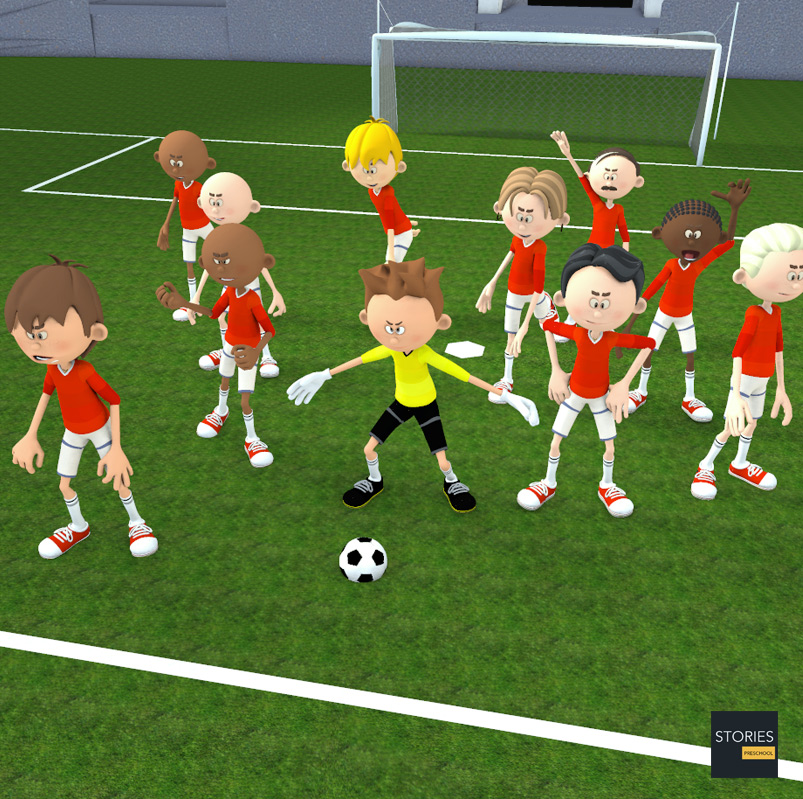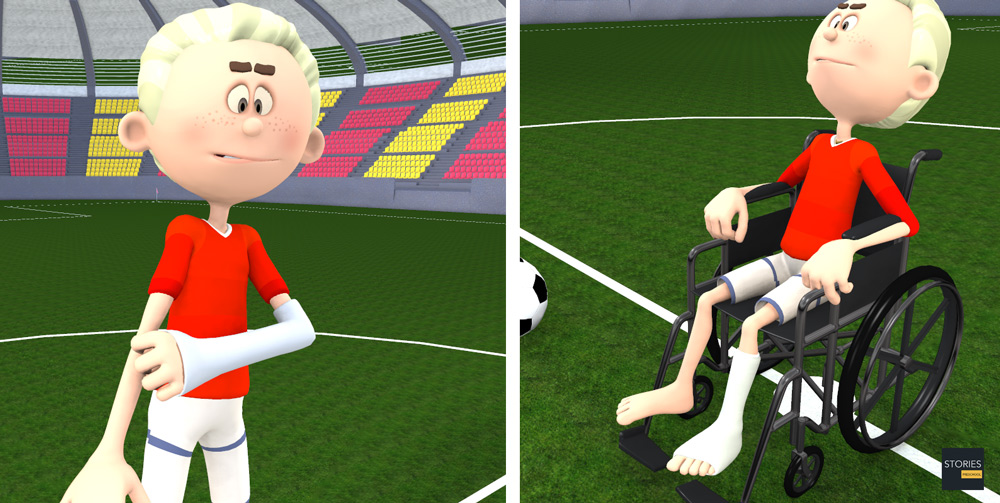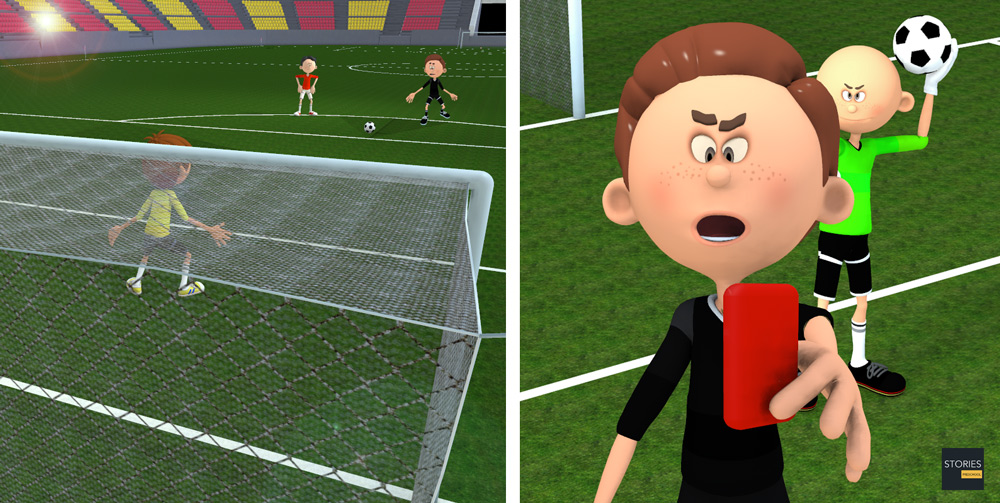Soccer

Soccer Players
Each team consists of a maximum of eleven players (excluding substitutes), one of whom must be the goalkeeper. Competition rules may state a minimum number of players required to constitute a team, which is usually seven. Goalkeepers are the only players allowed to play the ball with their hands or arms, provided they do so within the penalty area in front of their own goal. Though there are a variety of positions in which the outfield (non-goalkeeper) players are strategically placed by a coach, these positions are not defined or required by the Laws.

A number of players may be replaced by substitutes during the course of the game. The maximum number of substitutions permitted in most competitive international and domestic league games is three, though the permitted number may vary in other competitions or in friendly matches. Common reasons for a substitution include injury, tiredness, ineffectiveness, a tactical switch, or time wasting at the end of a finely poised game.
In standard adult matches, a player who has been substituted may not take further part in a match. IFAB recommends "that a match should not continue if there are fewer than seven players in either team." Any decision regarding points awarded for abandoned games is left to the individual football associations.

A game is officiated by a referee, who has "full authority to enforce the Laws of the Game in connection with the match to which he has been appointed" (Law 5), and whose decisions are final. The referee is assisted by two assistant referees. In many high-level games there is also a fourth official who assists the referee and may replace another official should the need arise.

SPORTS

RESOURCES
This article uses material from the Wikipedia article "Association football", which is released under the Creative Commons Attribution-Share-Alike License 3.0.
© Stories Preschool. All Rights Reserved.












